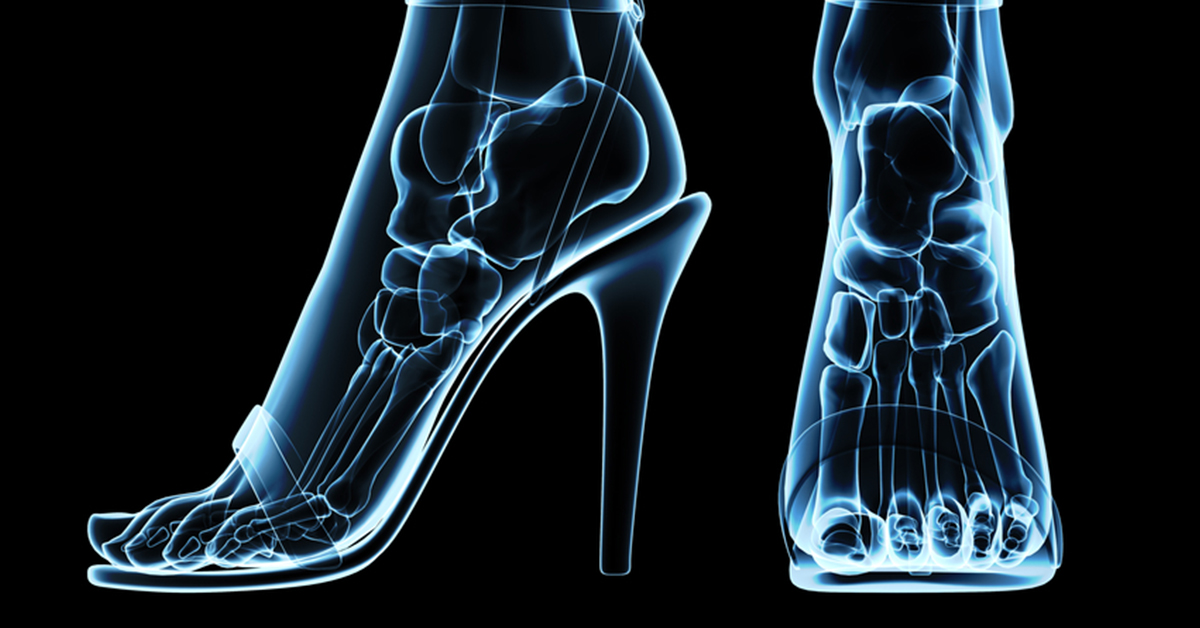
What is Cavus Foot?
Cavus foot is a condition in which the arch of the foot is abnormally high. This means that more of the body's weight is placed on the ball and heel of the foot than would be placed on a foot with a normal arch. This condition may affect one or both feet. It can also occur at any age.
What causes Cavus Foot?
This condition may develop from birth, or it may develop slowly over time. If it develops from birth, the cause may be a hereditary issue. Cavus foot that develops later in life can occur as a result of a number of different disorders, including cerebral palsy, stroke, Charcot-Marie-Tooth disease, spina bifida, or other conditions.
Symptoms and Diagnosis
Symptoms of cavus foot may vary depending on the condition's severity, but the most common symptom is the presence of a high arch. The arch may be present whether you are sitting or standing. Foot pain, calluses, and stability issues may also be present due to the large amount of pressure being placed on the ball and heel of the foot. Hammer or claw toes may also develop as a result of this condition.
How is Cavus Foot treated?
Treatment of cavus foot may vary in terms of options, depending on the condition's severity and its cause. Footwear changes, bracing, or other orthotic devices may provide some benefit to you if your condition is inherited. If you develop this condition as the result of a nerve or muscle disorder, it's likely that your doctor will recommend treating the underlying cause of your cavus foot. Surgery may be necessary to correct this condition.
